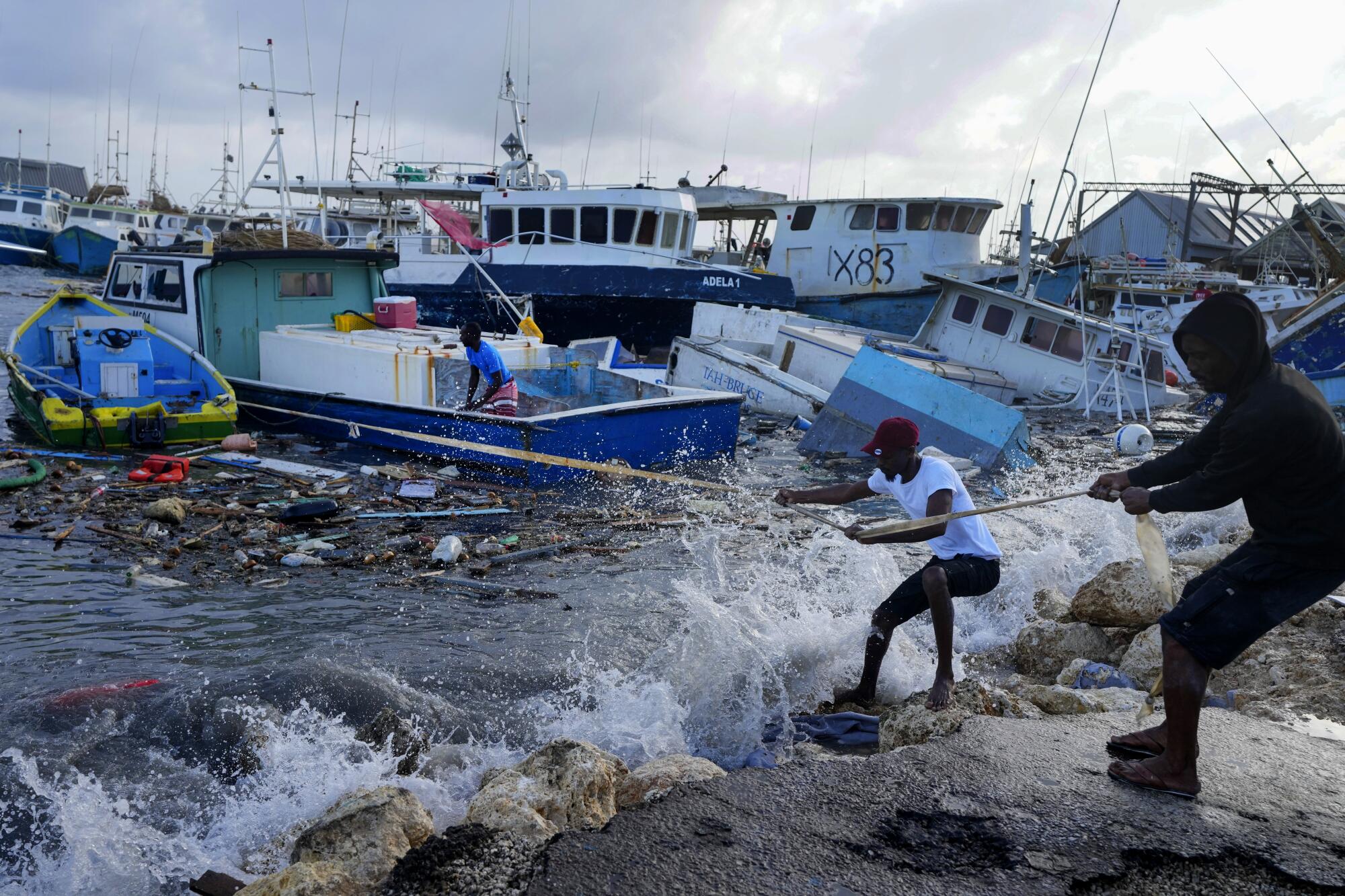
- Share via
California is far from the only place in the grip of a sweltering heat wave. Climate catastrophes have been unfolding around the globe.
With nearly every month of 2024 having been the warmest on record, the world may be living through the hottest year yet.
One reason behind the extraordinary heat is a particularly powerful bout of El Niño, a natural climate phenomenon marked by warmer-than-usual waters in the tropical Pacific.
El Niño is now receding, but the human-made factors of global warming have not, and many scientists say that the world is now well on its way to blazing past the preferred allowance set by the Paris climate accord — 2.7 degrees Fahrenheit above preindustrial baselines.
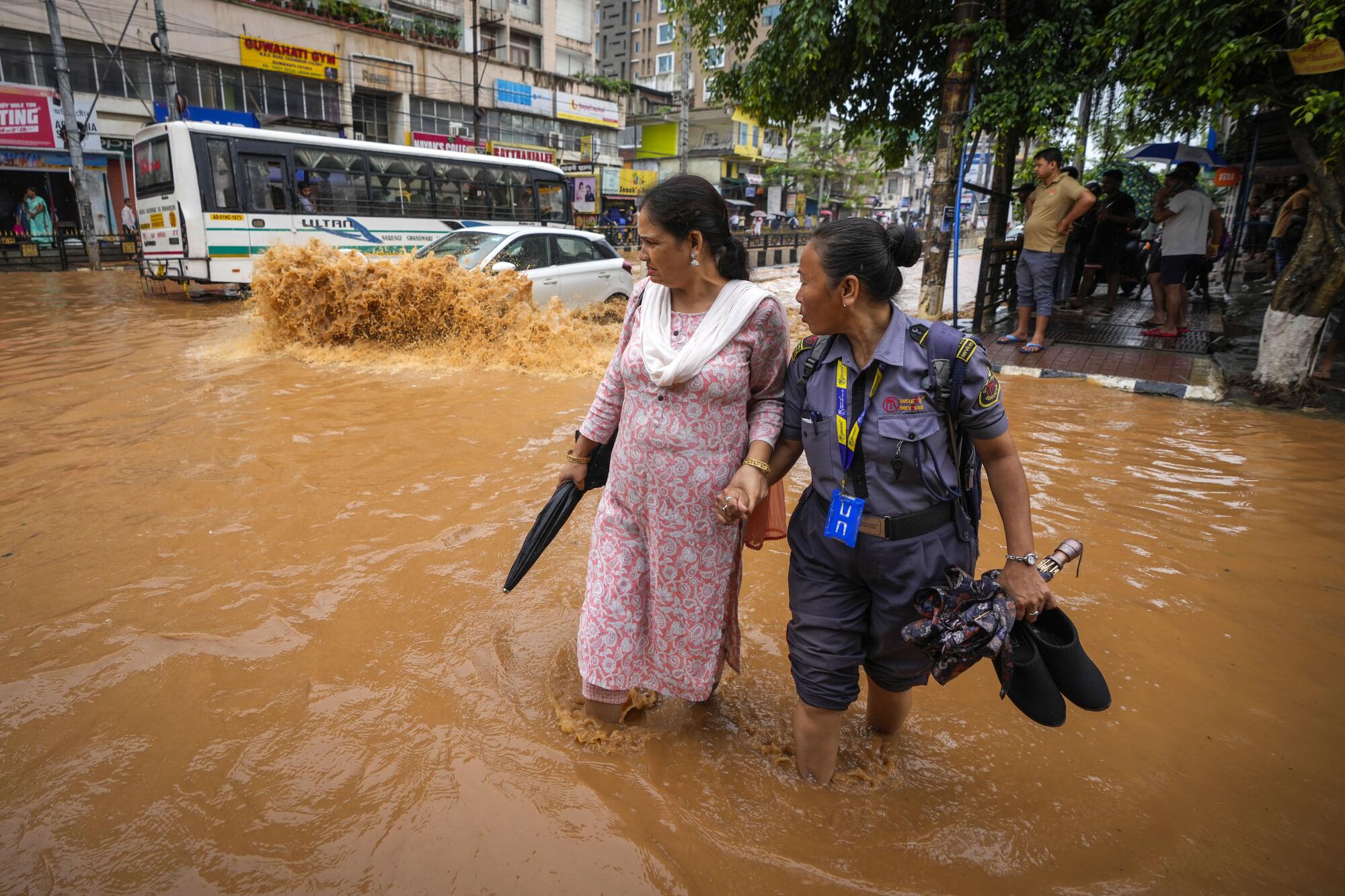
“The climate continues to alarm us — the last 12 months have broken records like never before,” Samantha Burgess, deputy director of the European Union’s Copernicus Climate Change Service, said last month.
“Until we reach net-zero global emissions the climate will continue to warm, will continue to break records, and will continue to produce even more extreme weather events.”
Some recent lowlights:
Lethal heat in India
This year’s heat wave in India has killed more than 100 people over 3½ months, according to government data obtained by the Associated Press.
Among the dead were 33 polling workers administering the country’s general elections in the northern state of Uttar Pradesh in early June, when temperatures in some cities reached as high as 116 degrees.
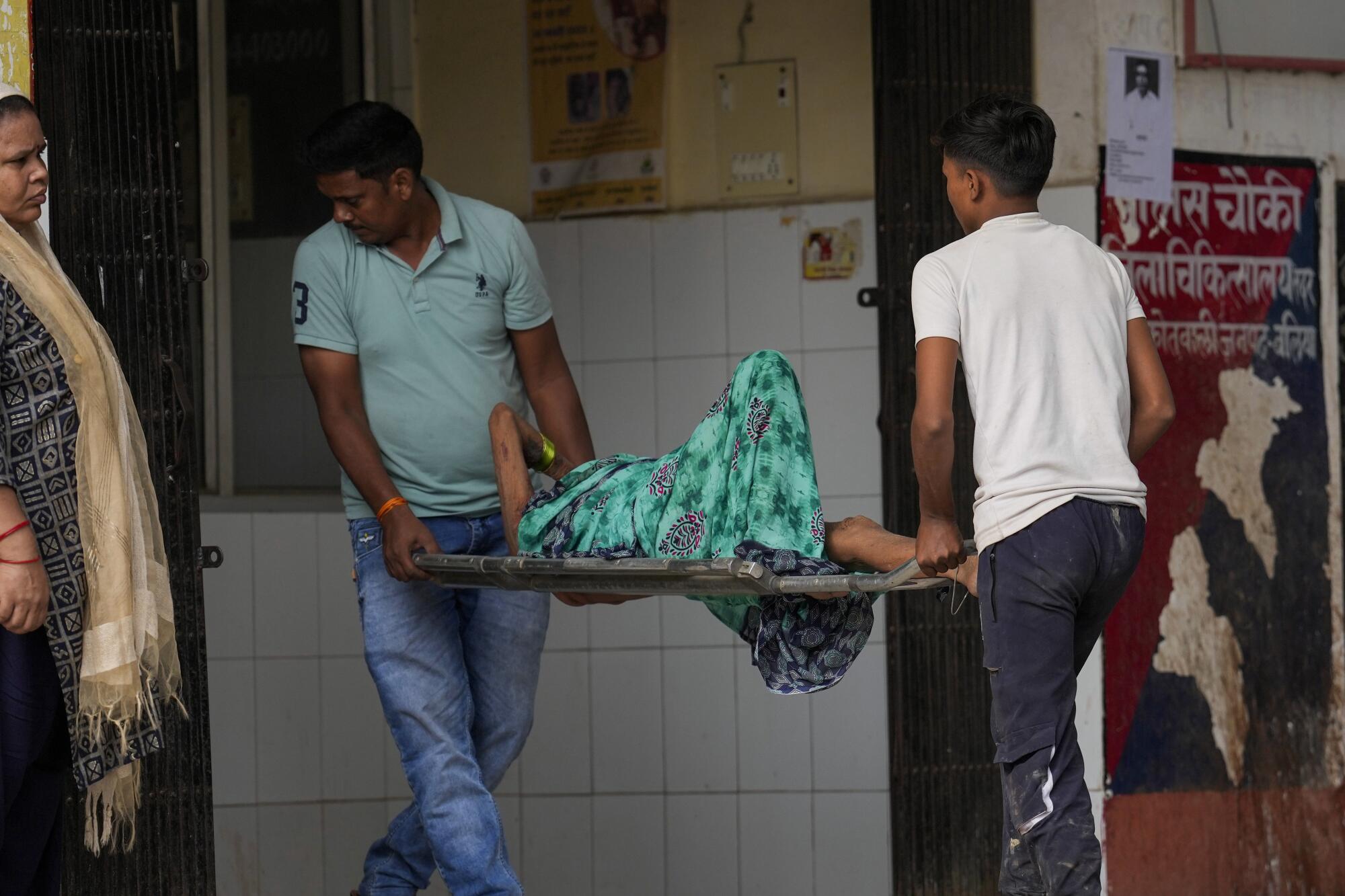
Families of the deceased will each receive about $18,000 from the government, Navdeep Rinwa, chief electoral officer for Uttar Pradesh state, told reporters.
Up to 75% of India’s workforce — around 380 million people — work in heat-exposed conditions, according to a recent World Bank report, but fewer than 10% of the country’s 300 million households own air conditioners.
In Lucknow, a city in northern India, temperatures this year have regularly climbed as high as 113 degrees, leading to power outages from the increased demand in electricity.
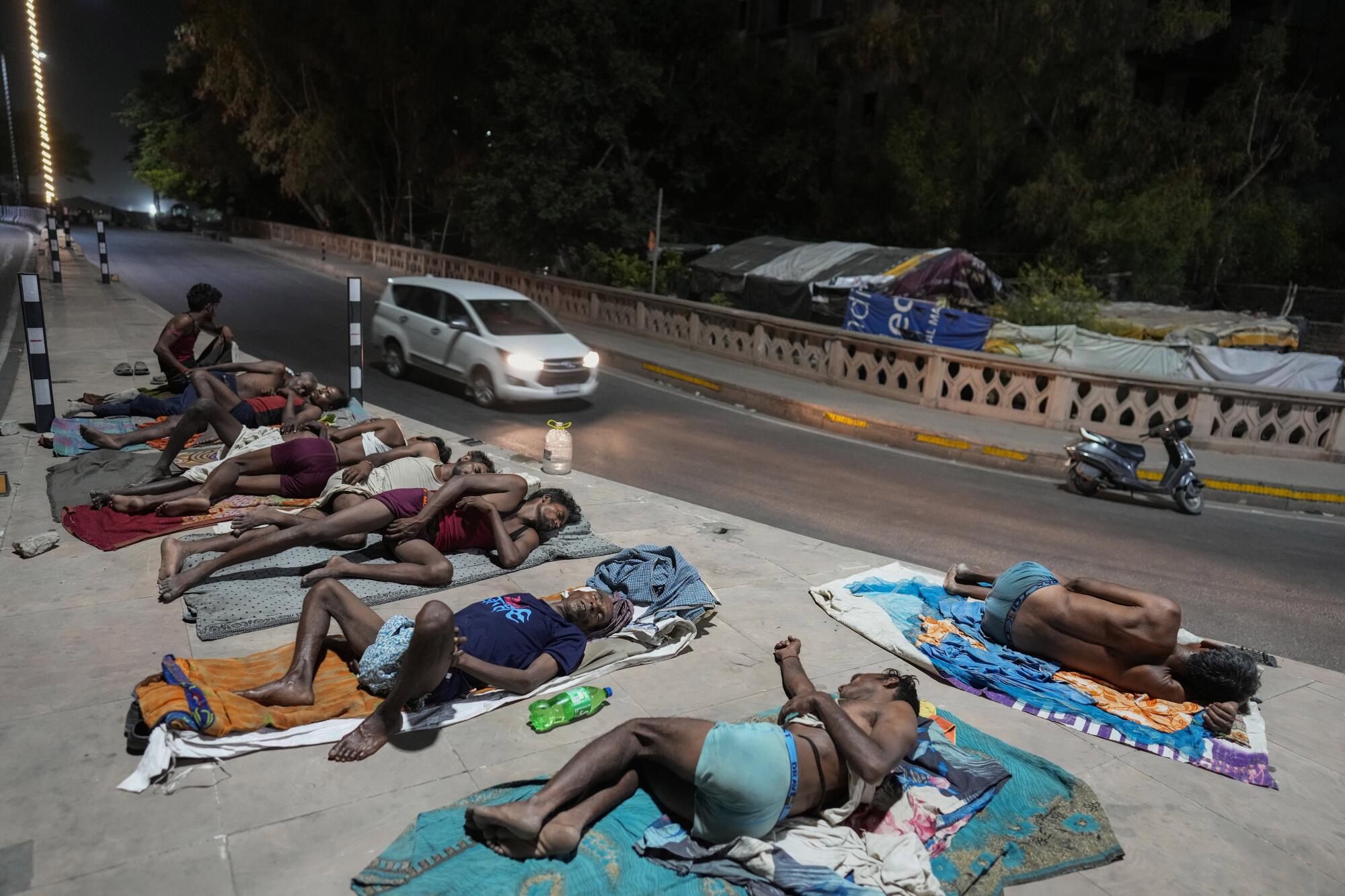
“How can the electricity department justify depriving us of essential sleep?” resident Abhishek Singh told The Times of India in May.
“We have jobs to attend to, and the lack of rest will undoubtedly impact our mental well-being.”
China hit with heat, drought and floods
Broiling heat, droughts and flooding have threatened agriculture and energy supply in China. Beijing issued its third-highest heat warning late last month.
As temperatures reached 104 degrees in parts of the country’s north, areas in the south were hit by record-breaking rains, leading to the evacuation of thousands.
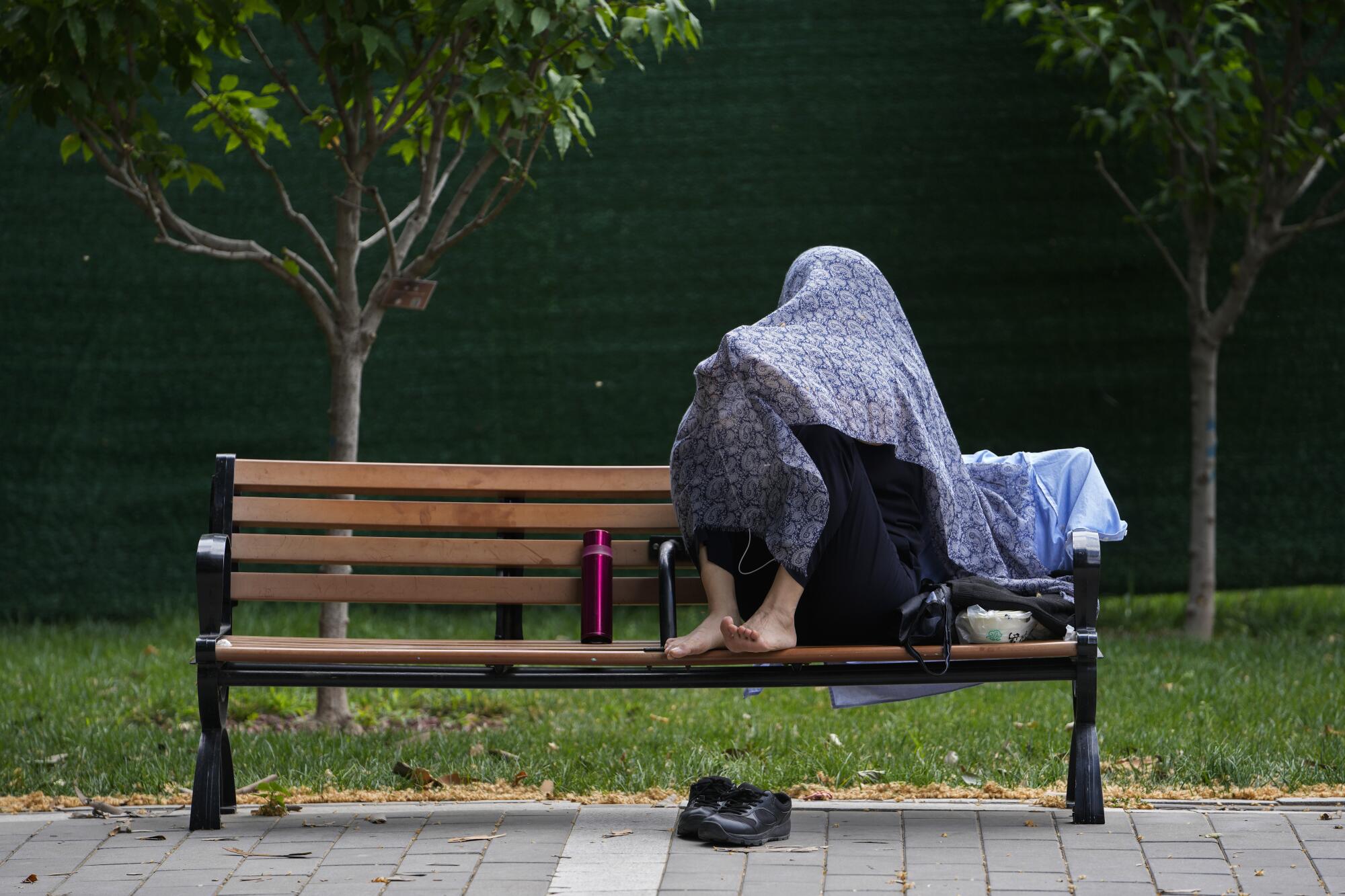
Flooding has claimed at least 15 lives in the last month across Hunan, Anhui and Guangdong provinces, according to state media, and the government has issued alerts for additional flooding across the country.
Meanwhile, Yunnan province in the south is experiencing its worst drought in six decades, threatening the country’s supply of grains and hydropower.
Flooding in the U.S. swallows up homes
Flooding in several states across the Midwest has destroyed public infrastructure and swallowed up homes.
In May, torrential rainfall in the Midwest brought eight times the typical volume of rain seen in the region, overpowering flood defenses, submerging homes and leading to at least two deaths.
After the partial failure of a 114-year-old dam in Minnesota unleashed a flood that swept away a home perched on the banks of the Blue Earth River, local officials demolished a popular local pie store that they feared might be next.
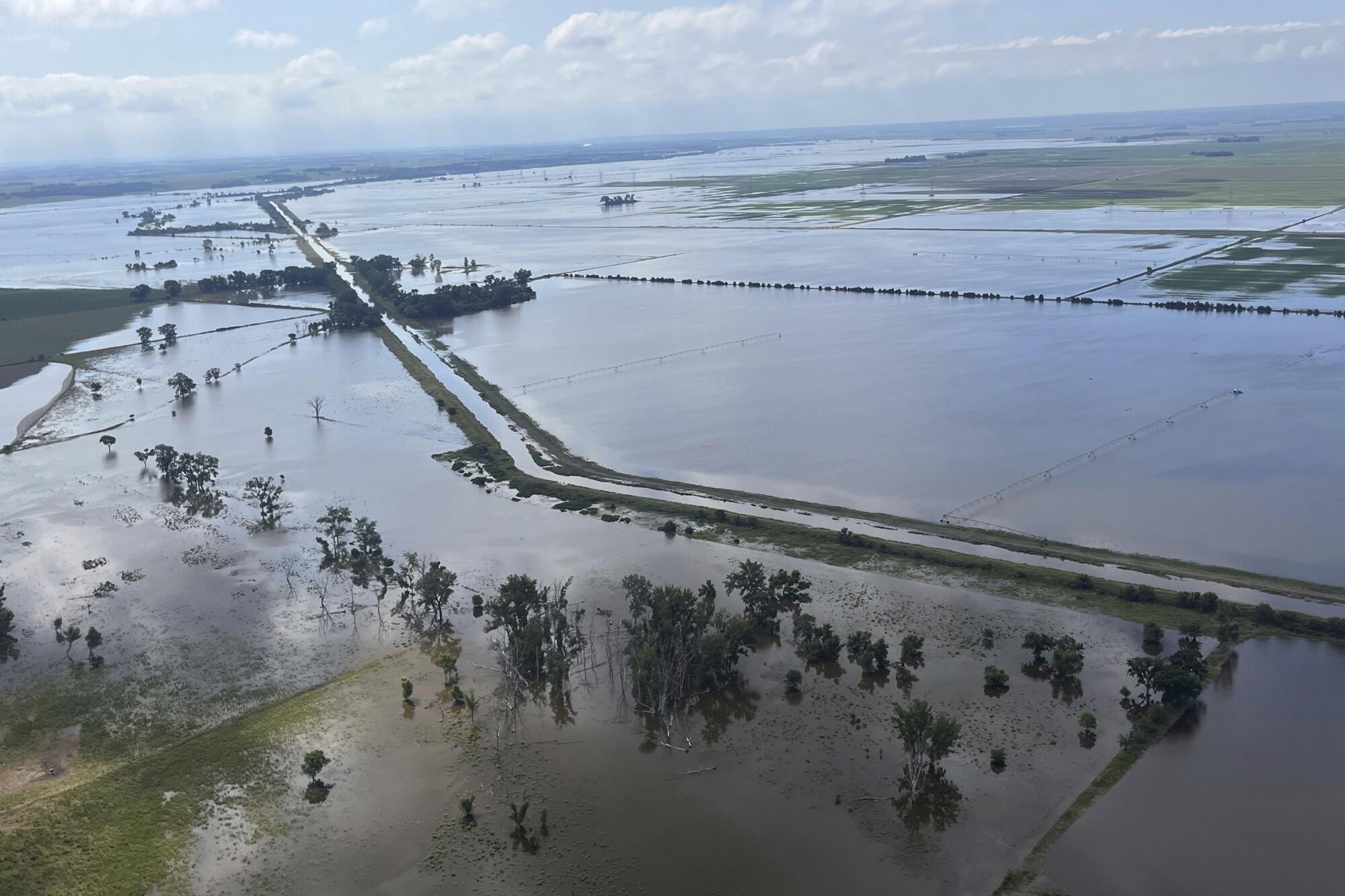
In South Dakota, where Gov. Kristi Noem declared an emergency, floodwaters stranded drivers and necessitated the rescue of nine people in Sioux Falls.
“This is probably the first time we’ve seen this kind of rainfall come this quickly,” Noem said at a news conference.
Flooding of the Big Sioux River caused a railroad bridge to Iowa to collapse.
In Iowa, where more than 1,000 residents have been displaced and entire neighborhoods evacuated, Gov. Kim Reynolds declared a disaster and requested federal assistance.
“Businesses are shuttered, main streets have been impacted,” she said at a news conference late last month. “Hospitals, nursing homes and other care facilities were evacuated.”
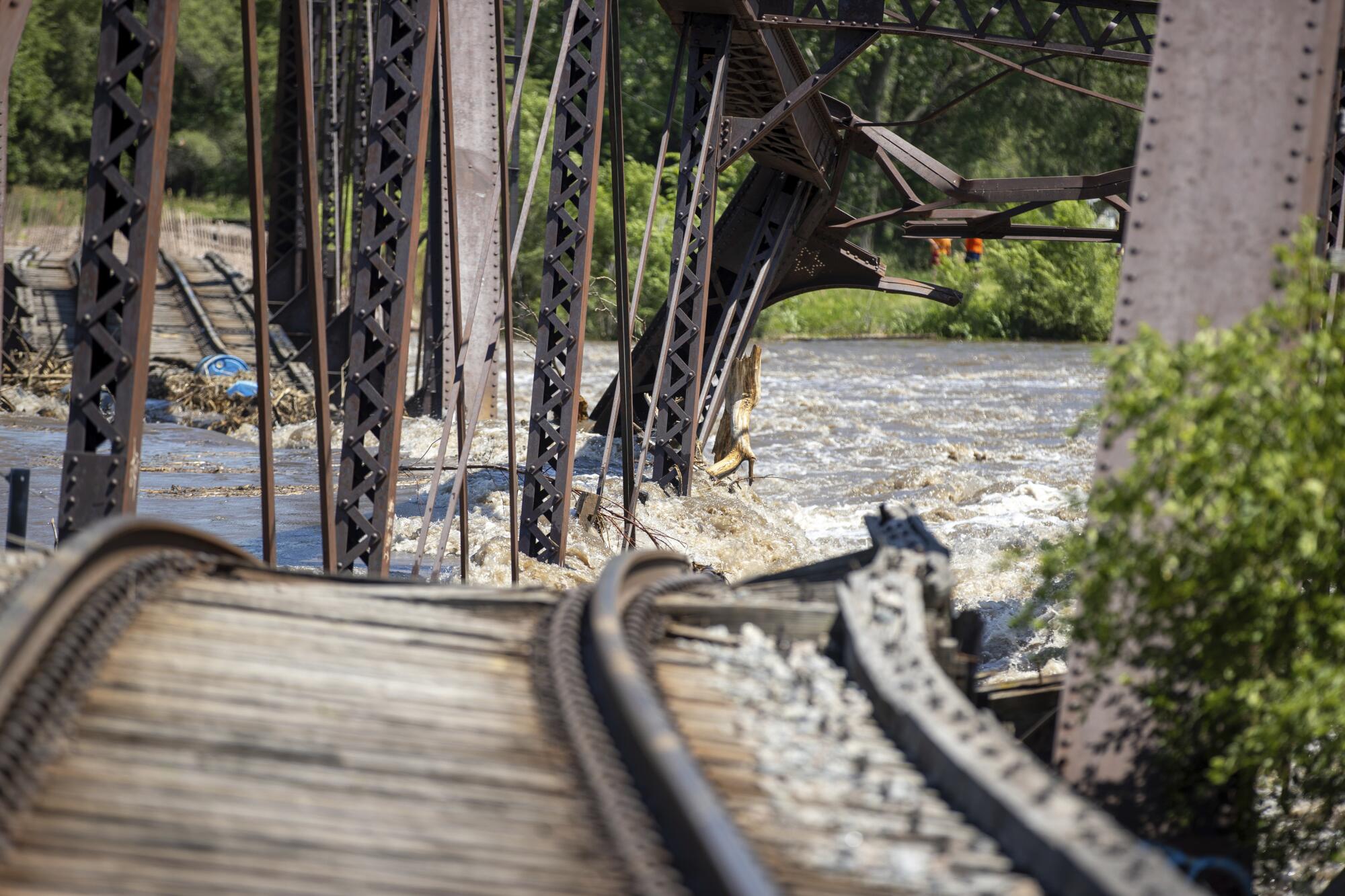
‘Heat dome’ over Mexico kills people, wildlife
Scorching heat in Mexico has already killed at least 125 people this year, according to the country’s health ministry.
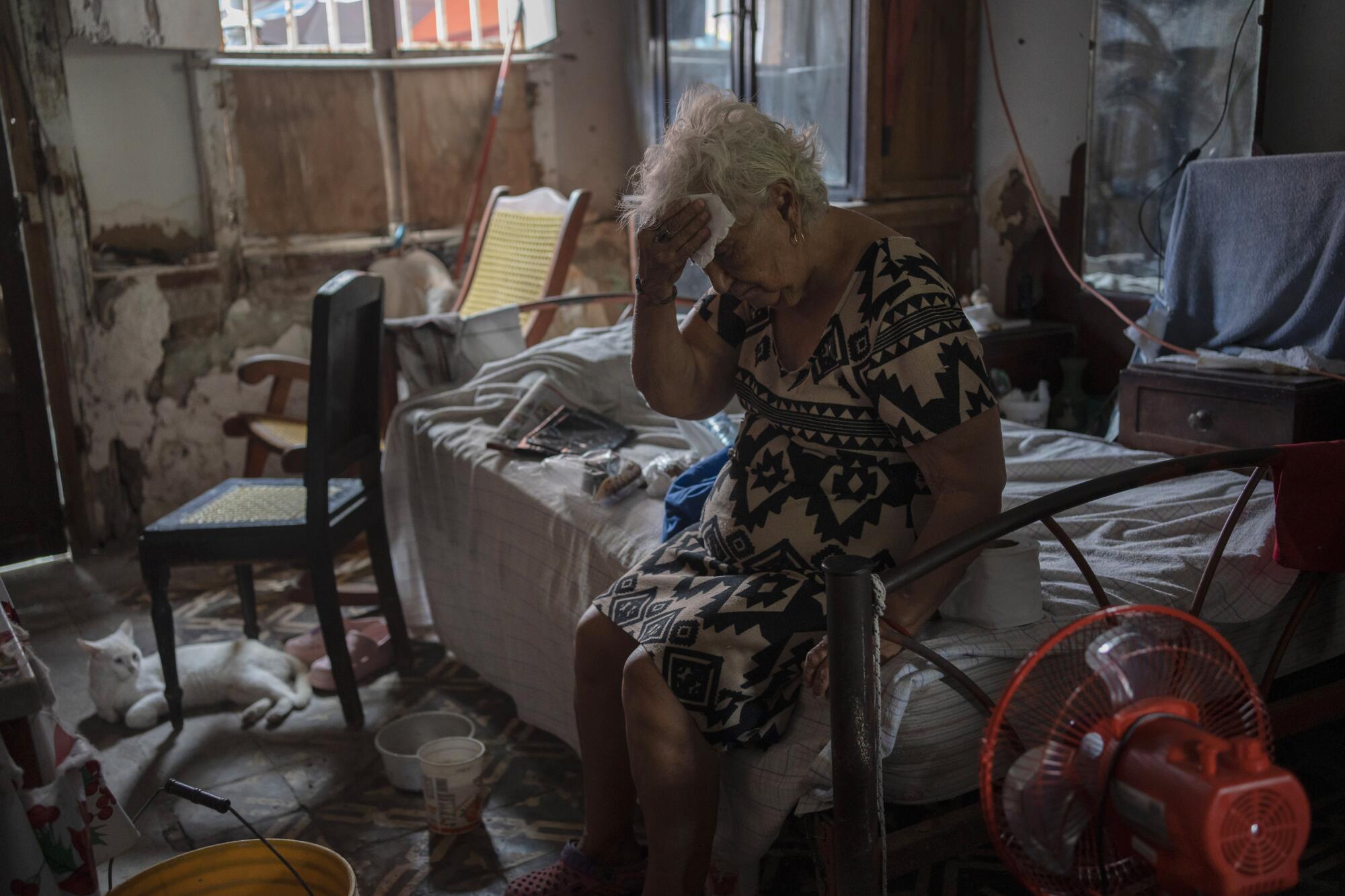
Although the immediate cause is a “heat dome” — a weather phenomenon in which high pressure traps hot air underneath it like a pot lid does to steam — climate scientists from the global collective World Weather Attribution have said that climate change has probably made Mexico’s heat wave much worse.
Last month, the country recorded its hottest day ever, with temperatures in the Sonoran Desert reaching 125 degrees. In the southeastern state of Tabasco, monkeys have been dropping dead from trees, presumably from heatstroke.
“We have never before experienced a heat wave this intense, this powerful, this pervasive and this persistent,” Maria Teresa Mendoza, a Veracruz resident, told the Associated Press.
Torrential downpours and wildfires devastate Chile
Several regions in Chile declared a state of “catastrophe” in June, as heavy rains battered homes and flooded roads in the latest extreme weather event to hit the South American country. About 2,000 homes were damaged and 60,000 lost power, while one person died.
The severe downpours and flooding followed an unusual cold snap that saw the coolest May since 1950, according to the country’s meteorological agency.
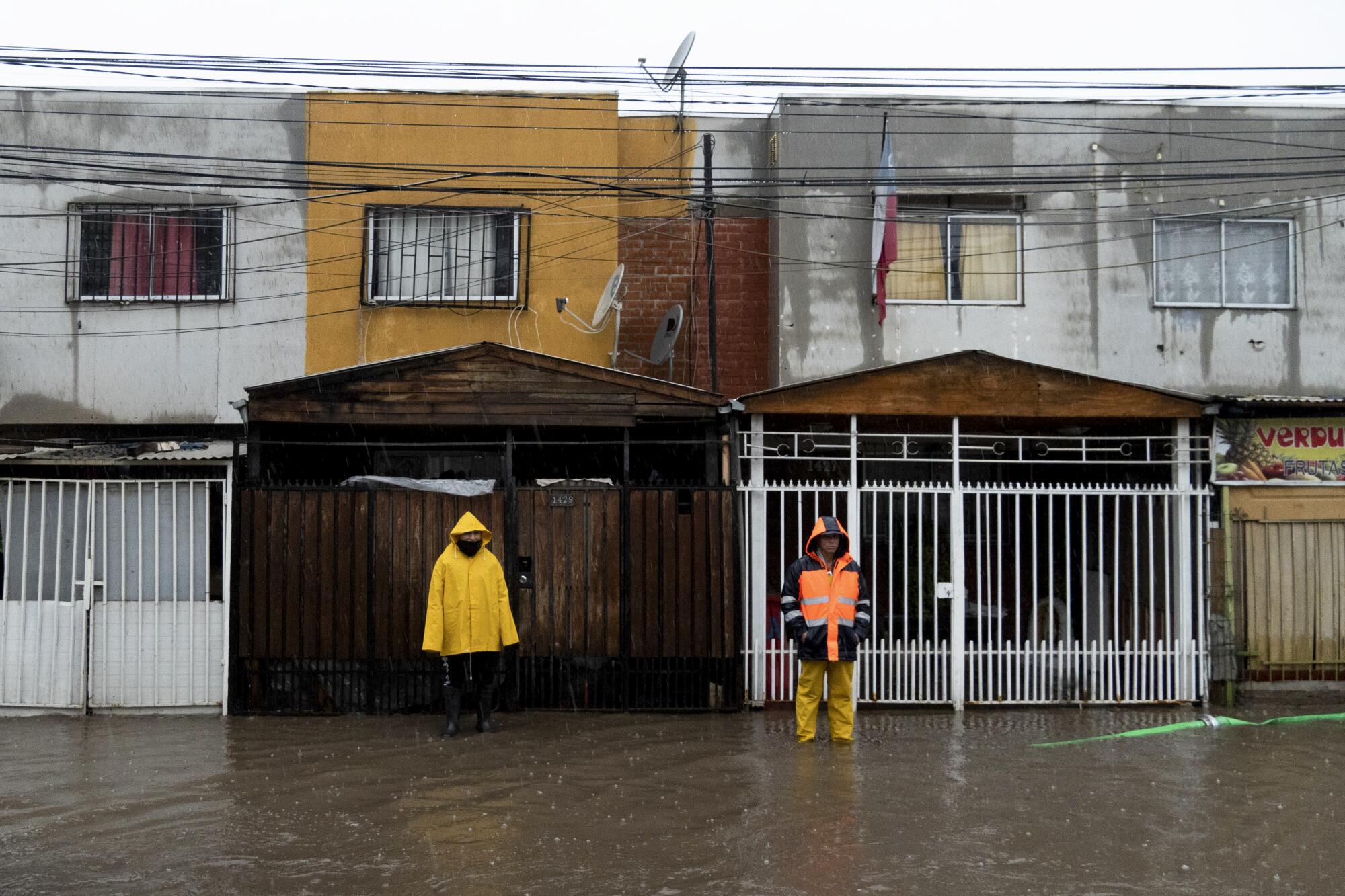
This year, the country also experienced its deadliest wildfires on record.
Although wildfires often occur in February, experts said that rising temperatures and high winds exacerbated the fire’s spread, killing more than 130 people. The worsening heat has contributed to a years-long drought in central Chile that has affected the nation’s water supplies and crops.
Record temperatures roast the East Coast
As cities along the East Coast all grappled with record-breaking heat recently, temperatures in the nation’s capital hit 100 degrees — the first time they have reached triple digits since 2016.
Officials issued a heat emergency and activated Washington’s 134 cooling centers, which include swimming pools, public libraries and youth centers.

“Residents and visitors are encouraged to take precautions to avoid heat-related illnesses and to check on neighbors,” the mayor’s office said in a June 21 news release.
“Vulnerable populations, including older adults and those with physical and mental health conditions, should limit their time outdoors to no more than 20 minutes per hour.”
Temperatures in Baltimore reached 101 degrees, surpassing its previous daily high of 100 degrees in 1988.
And now the West is in the midst of an “extremely dangerous and record-breaking” heat wave, according to the National Weather Service, which said more than 130 million people in the U.S. were under heat alerts over the July 4 holiday.
Hikers die due to heat in Greece
Nearly a dozen tourists have died this year after going on hikes in Greece — a trend that the country’s authorities have attributed to the disorienting effects of heat.
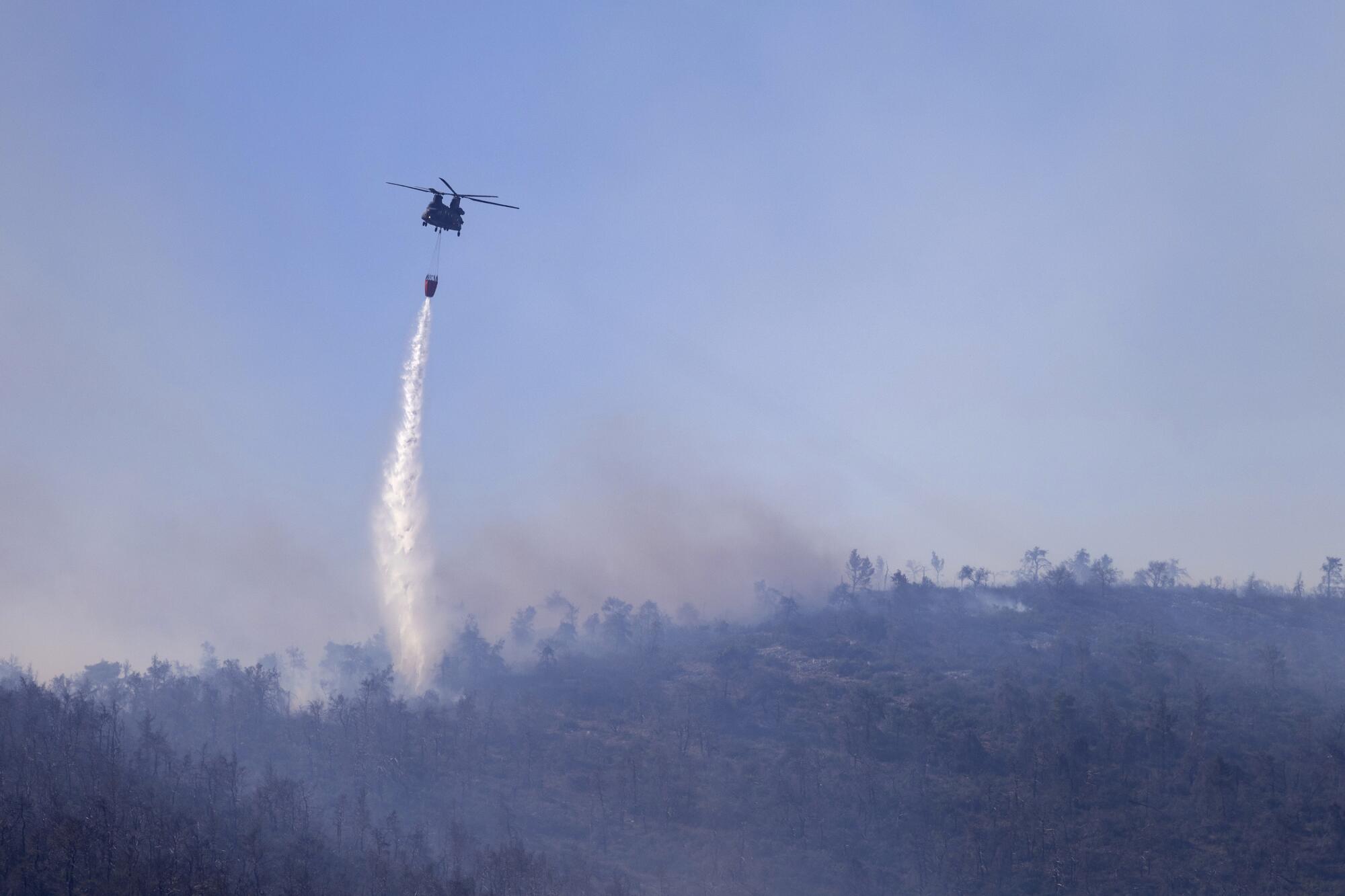
“There is a common pattern,” Petros Vassilakis, the police spokesman for the southern Aegean, told Reuters. “They all went for a hike amid high temperatures.”
The heat, which reached 111 degrees in some areas, also contributed to more than 40 wildfires late last month. Wildfires are common in Greece but have intensified in recent years as climate change makes summers hotter and drier.
In Keratea, south of Athens, 140 firefighters have been mobilized to curb the latest blaze, which destroyed at least four houses, according to local media. In the north, residents were told to evacuate after another fire broke out in the region.
A holy site becomes a death trap
A total of 1,301 visitors to Mecca on the Hajj, a Muslim ritual that entails several days of religious tours, have died as temperatures hit a record 125 degrees in Saudi Arabia’s holy city.
“The Hajj has operated in a hot climate for over a millennium, but the climate crisis is exacerbating these conditions,” Carl-Friedrich Schleussner of the think tank Climate Analytics told Reuters.
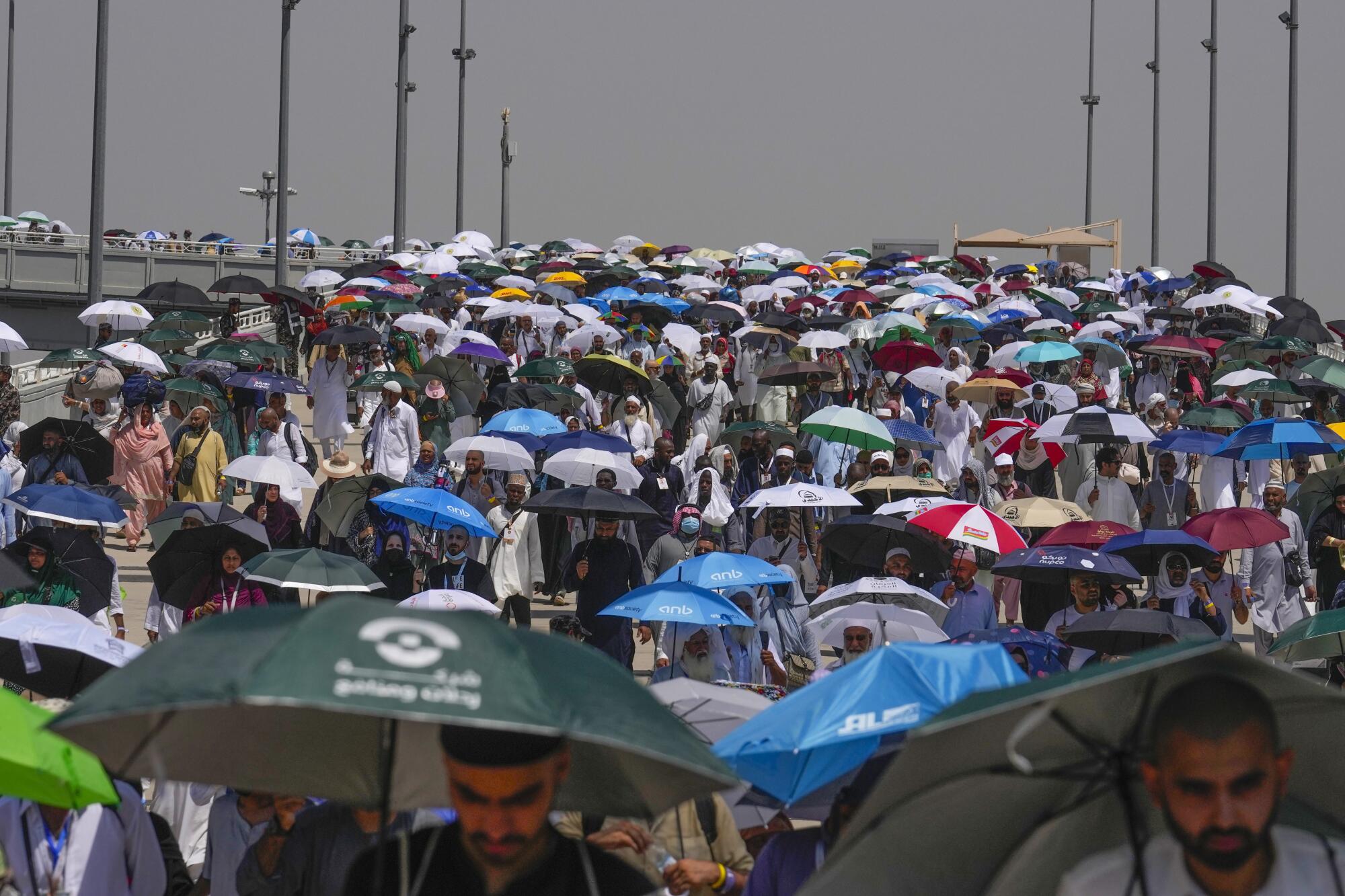
With official packages for the Hajj costing $10,000 or more, the Saudi government has said that more than 80% of the dead were unlicensed pilgrims who “walked long distances under direct sunlight, without adequate shelter or comfort.”
Many train for the pilgrimages, which involve walking up to nine miles in the open sun. But those without official licenses lack access to air-conditioned spaces or water.
Record-breaking Hurricane Beryl rips through the Carribbean
At least seven people have died after Hurricane Beryl cut a devastating swath through the Caribbean, capsizing fishing boats, downing power lines and ripping the roofs off homes.
“The situation is grim,” Grenadian Prime Minister Dickon Mitchell said at a news conference Tuesday. “There is no power, and there is almost complete destruction of homes and buildings on the island. The roads are not passable, and in many instances they are cut off because of the large quantity of debris strewn all over the streets.”
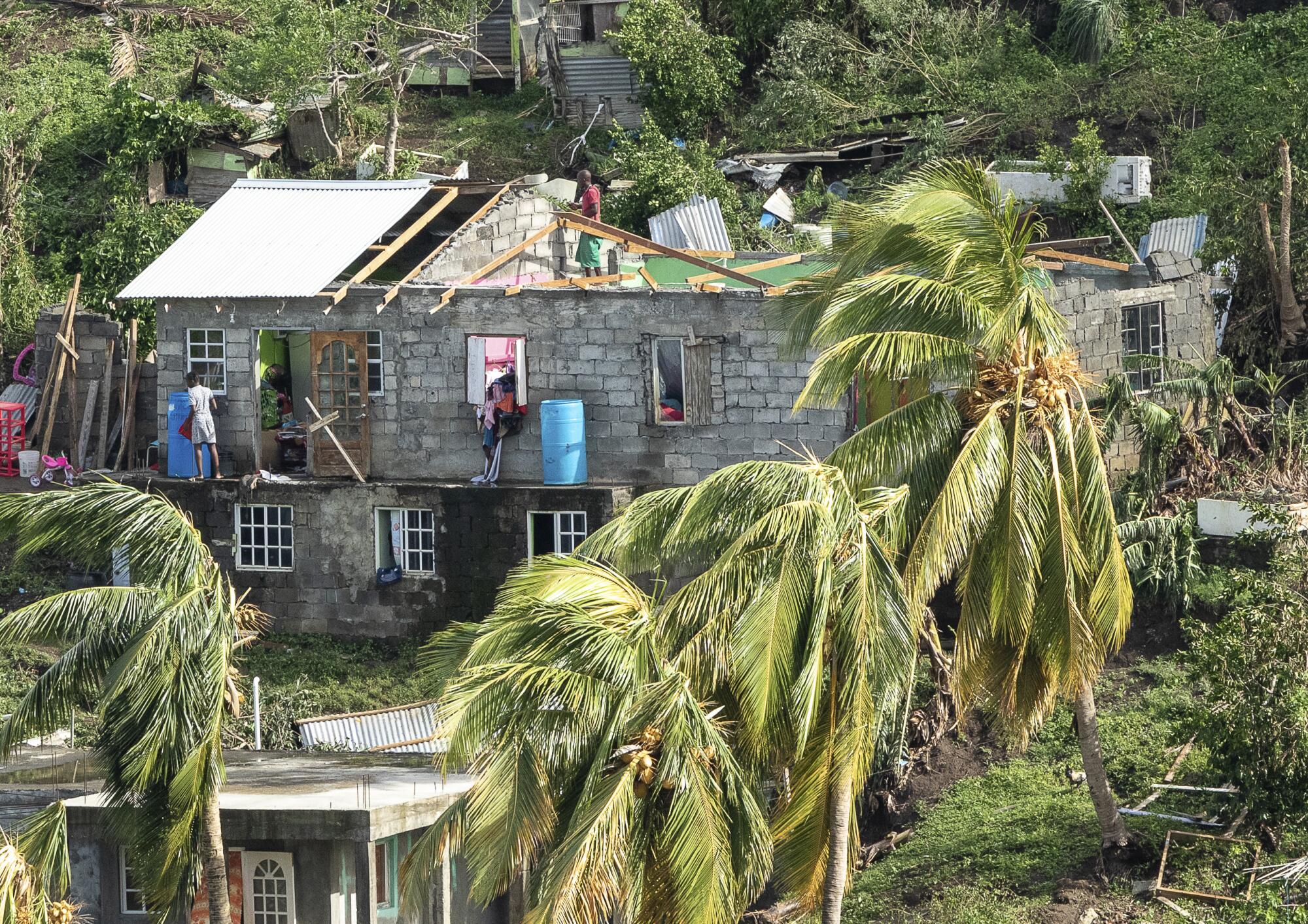
No storm in the Atlantic has achieved Category 5 status as early as Beryl. It weakened to a Category 3 by early Thursday after causing destruction and death in Jamaica and other eastern Caribbean nations.
Waters in the Atlantic have been much warmer than usual since last year, lending themselves to more powerful and rapidly escalating storms. And Beryl, according to experts, probably signals a particularly vicious season of tropical storms ahead.
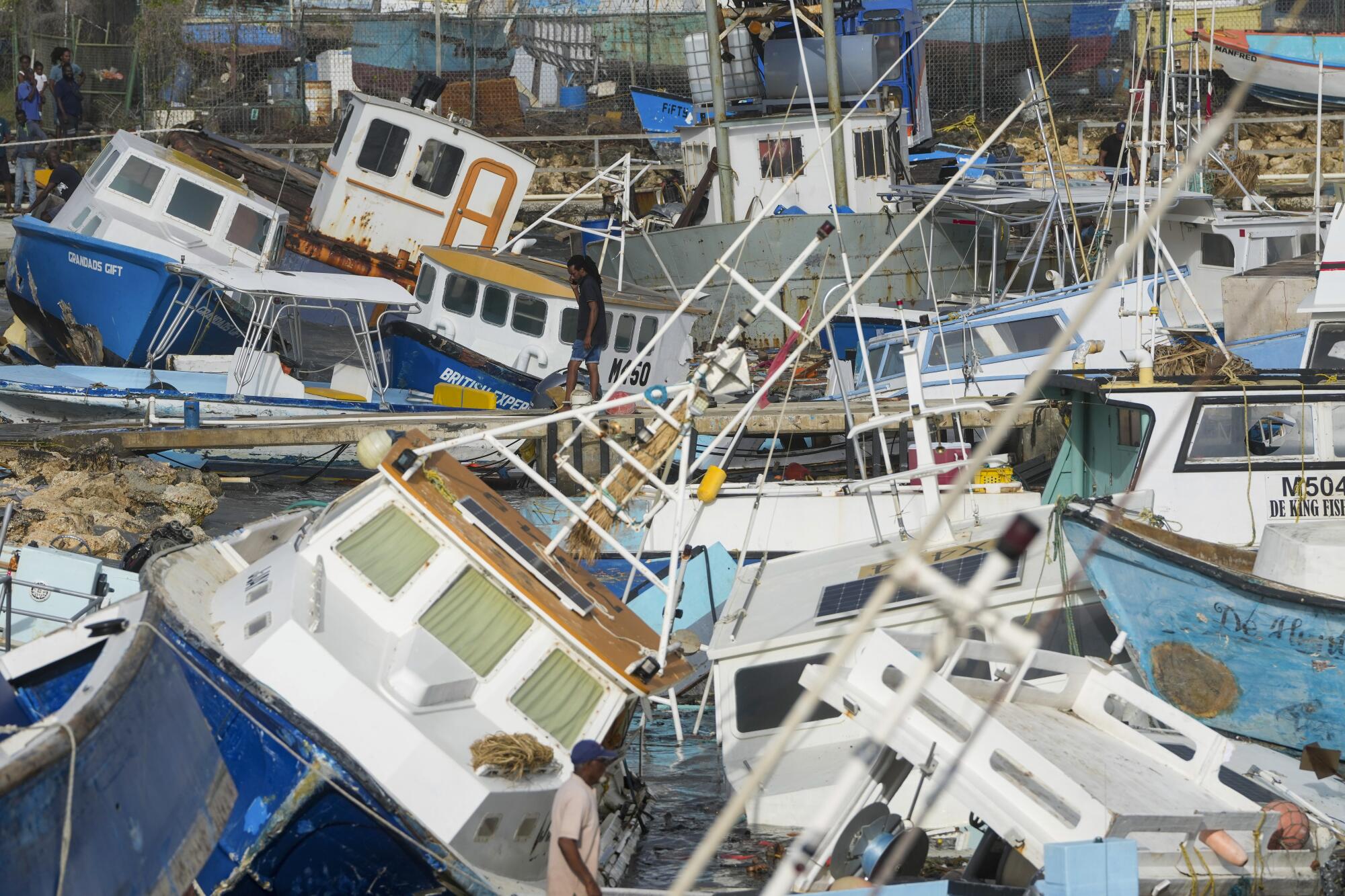
Kim reported from Seoul and Yang from Taipei, Taiwan.
More to Read
Sign up for Essential California
The most important California stories and recommendations in your inbox every morning.
You may occasionally receive promotional content from the Los Angeles Times.












